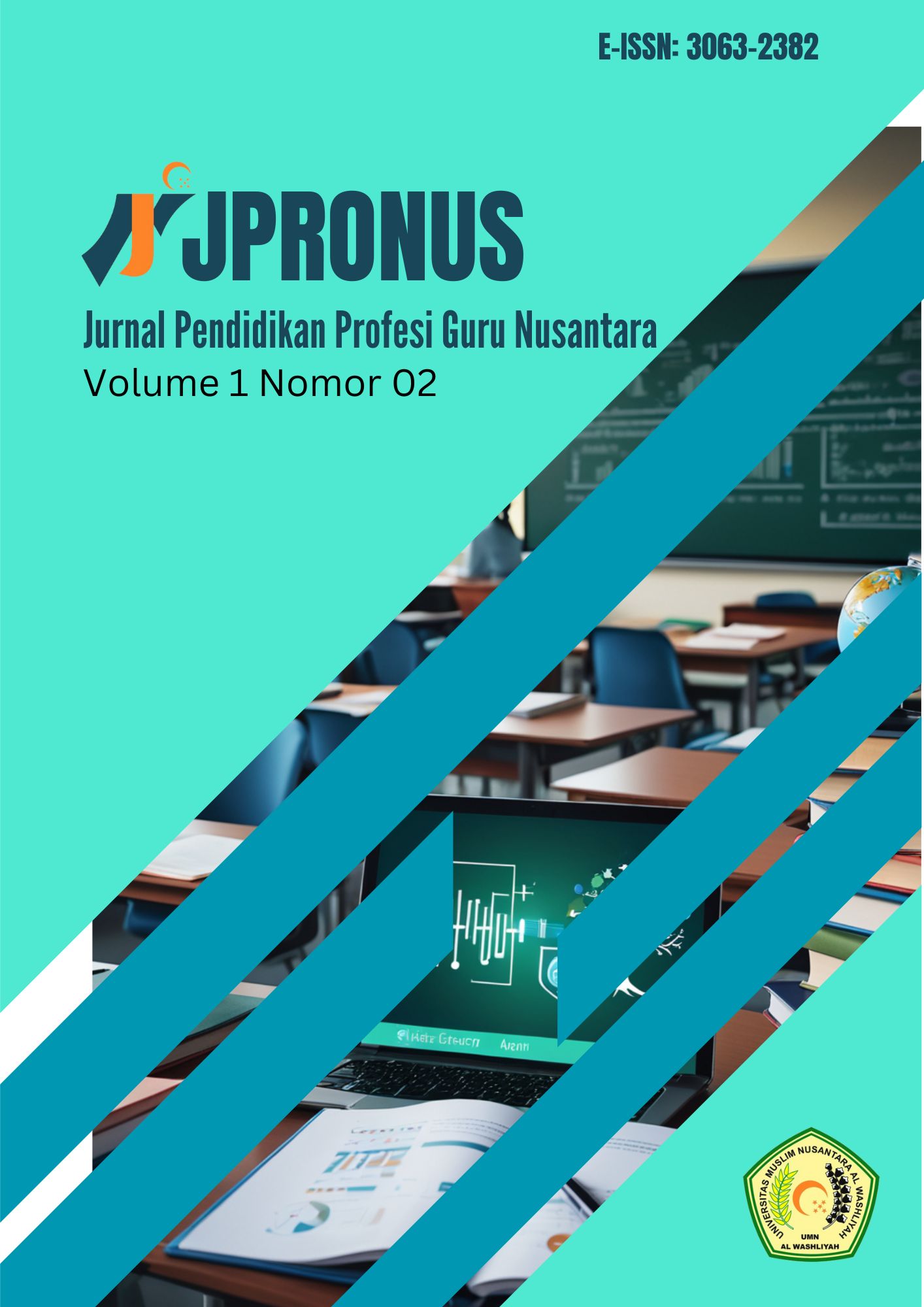Peran Ilmu Komunikasi dalam Penyampaian Nilai-nilai Agama dan Moral di Madrasah Aliyah
Main Article Content
Abstract
Challenges in teaching religious and moral values, such as a lack of student engagement, diversity in cultural backgrounds, and limited use of communication technology, are the primary focus of this study. This study aims to analyze the role of communication science in the delivery of religious and moral values by teachers to students at Madrasah Aliyah Private (MAS) Cilendek Tasikmalaya City. This study explores aspects of verbal and non-verbal communication, the use of technology, and interaction dynamics that affect learning effectiveness. This research uses a qualitative approach with direct observation, in-depth interviews with teachers, and group discussions with students. The results of the study show that appropriate communication strategies, both verbal and non-verbal, as well as the use of technology can increase the understanding and internalization of religious and moral values among students. The main challenges teachers face include the diversity of student backgrounds and the lack of attention in the classroom. Empathic and assertive communication has proven to be an effective tool in building a good relationship between teachers and students.
Downloads
Article Details
References
Braun, V., & Clarke, V. (2006). Using Thematic Analysis in Psychology. Qualitative Research in Psychology, 3(2). DOI: 10.1191/1478088706qp063oa
Braun, V., & Clarke, V. (2006). Using Thematic Analysis in Psychology. Qualitative Research in Psychology, 3(2), 77-101. DOI: 10.1191/1478088706qp063oa
Burgoon, J. K., Guerrero, L. K., & Floyd, K. (2011). Nonverbal Communication. Pearson,
Burgoon, J. K., Guerrero, L. K., & Floyd, K. (2020). Nonverbal Communication. Routledge. DOI: 10.4324/9780429285769
Creswell, J. W. (2014). Research Design: Qualitative, Quantitative, and Mixed Methods Approaches. Sage Publications,
Effendy, O. U. (2016). Ilmu Komunikasi: Teori dan Praktik. Bandung: Remaja Rosdakarya,
Fisher, W. R. (1984). Narration as a Human Communication Paradigm: The Case of Public Moral Argument. Communication Monographs, 51(1). DOI: 10.1080/03637758409390180
Gudykunst, W. B. (2003). Cross-Cultural and Intercultural Communication. Sage Publications.
Guerrero, L. K., & Floyd, K. (2019). Nonverbal Communication in Close Relationships. Routledge. DOI: 10.4324/9781351035779
Kahneman, D. (2013). Thinking, Fast and Slow. Farrar, Straus and Giroux. DOI: 10.1038/473034a
Krueger, R. A., & Casey, M. A. (2015). Focus Groups: A Practical Guide for Applied Research. Sage Publications.
Kvale, S. (2007). Doing Interviews. Sage Publications. DOI: 10.4135/9781849208963
Mayer, R. E. (2014). The Cambridge Handbook of Multimedia Learning. Cambridge University Press. DOI: 10.1017/CBO9781139547369
Mehrabian, A. (1971). Silent Messages. Wadsworth, hlm. 12.
Merriam, S. B., & Tisdell, E. J. (2016). Qualitative Research: A Guide to Design and Implementation. Jossey-Bass.
Nugraha, D. (2018). Komunikasi Pendidikan. Jakarta: Prenada Media Group
Rahmat, J. (2017). Psikologi Komunikasi dalam Pendidikan. Yogyakarta: Pustaka Pelajar.
Rogers, C. (1980). A Way of Being. Houghton Mifflin.
Rosyidi, M. (2020). "Peran Media Digital dalam Pendidikan Moral di Sekolah". Jurnal Pendidikan Karakter, 12(1), hlm. 45. DOI: 10.1234/jpk.v12i1.5678.
Vygotsky, L. S. (1978). Mind in Society: The Development of Higher Psychological Processes. Harvard University Press.

